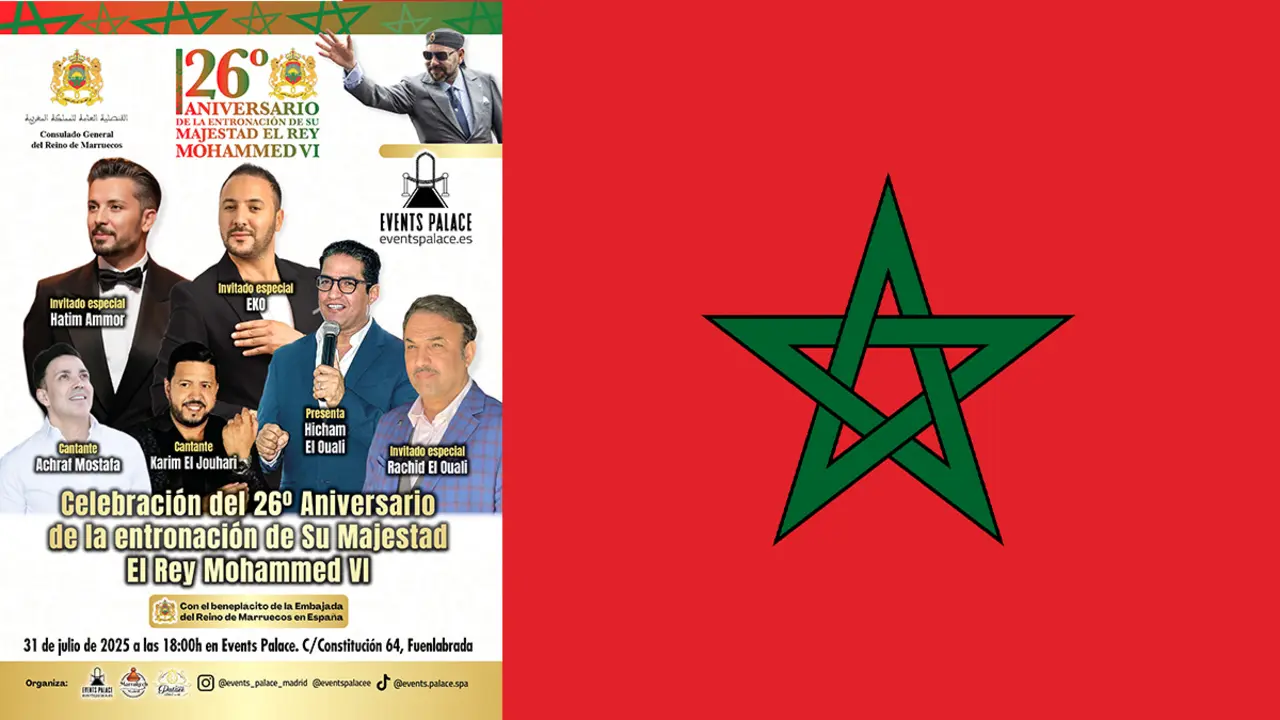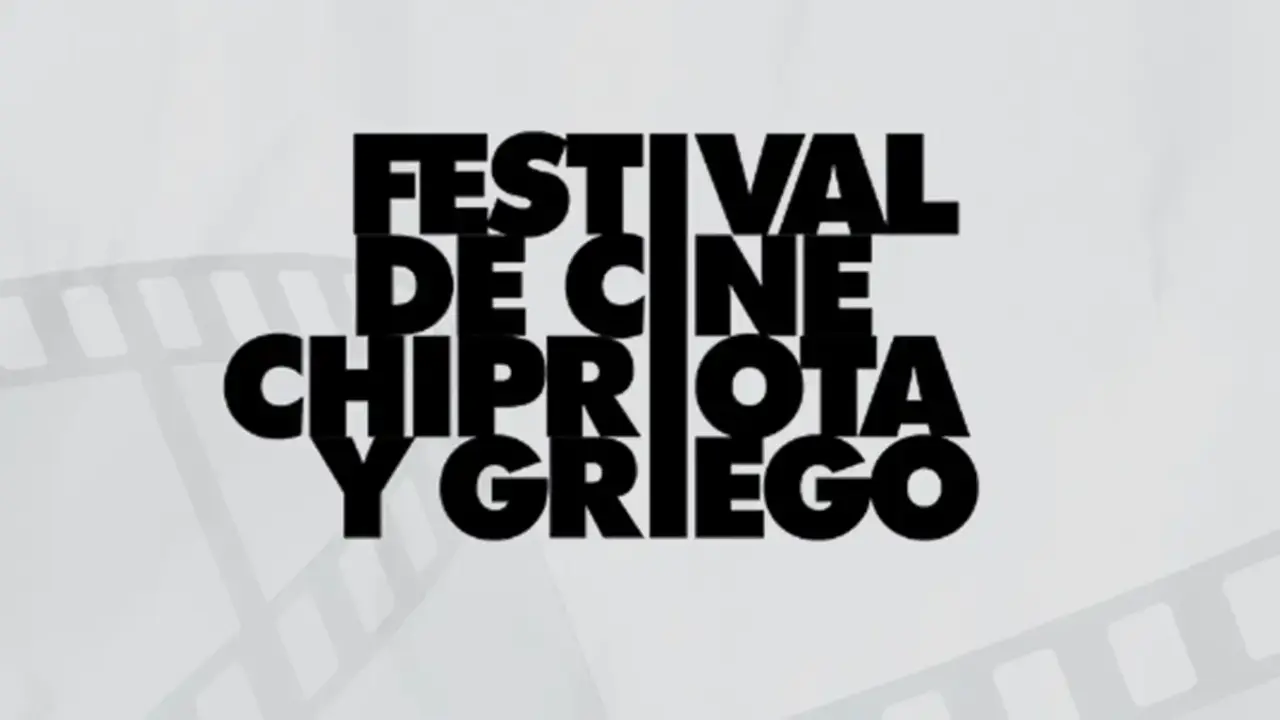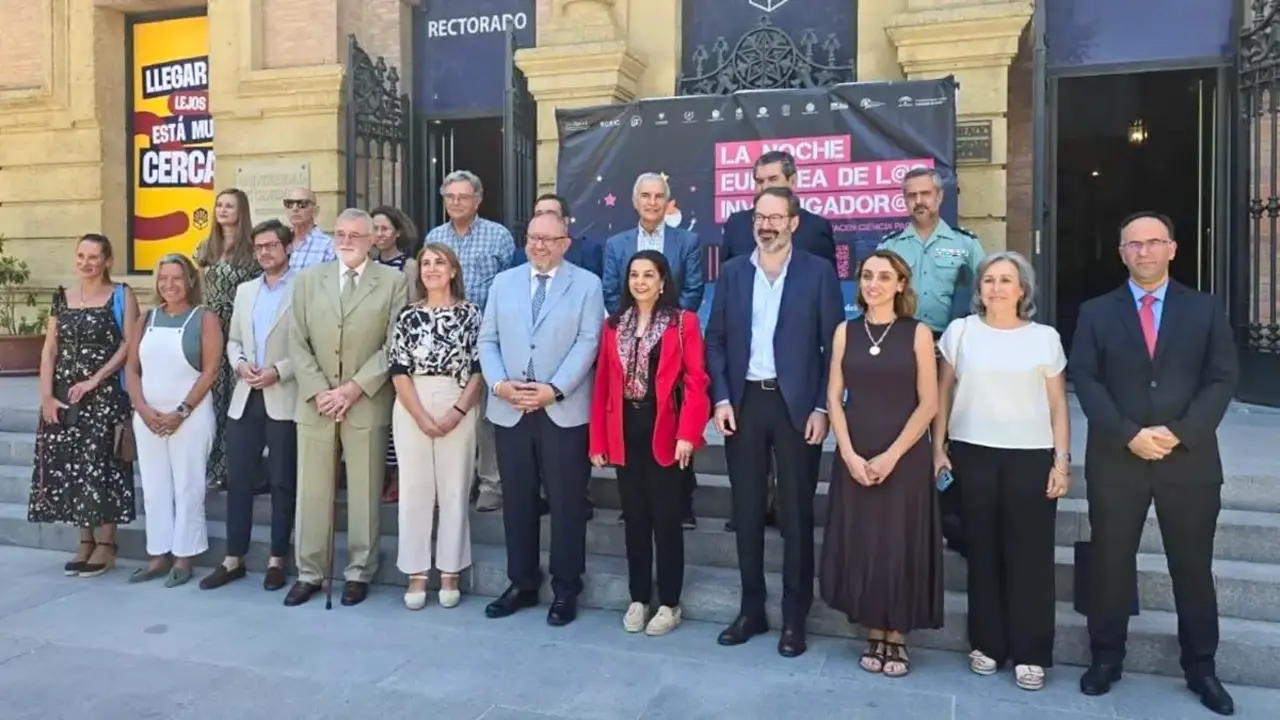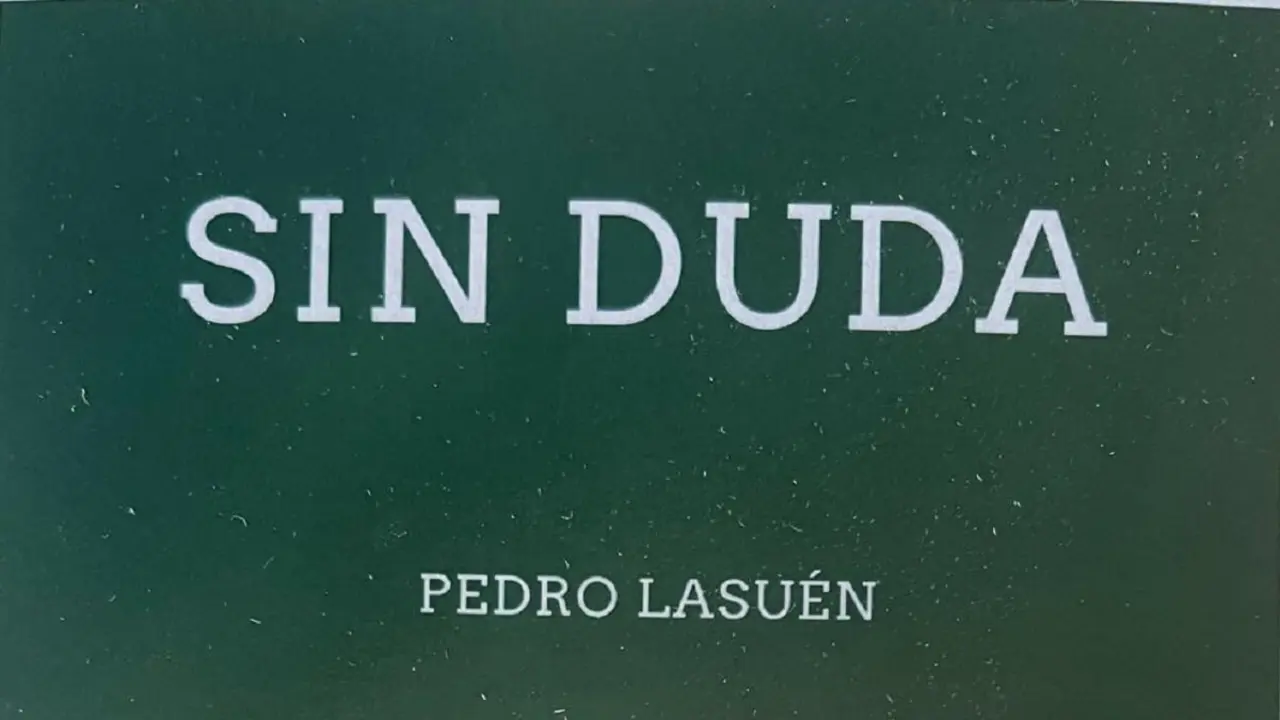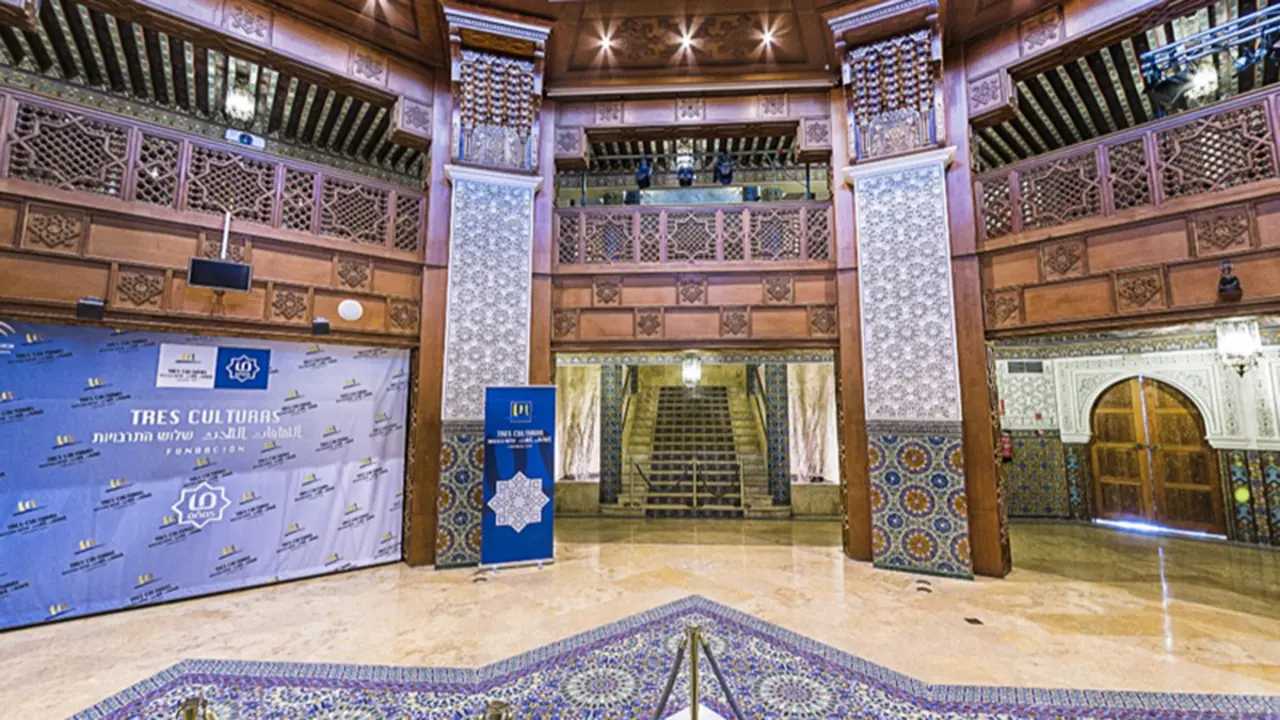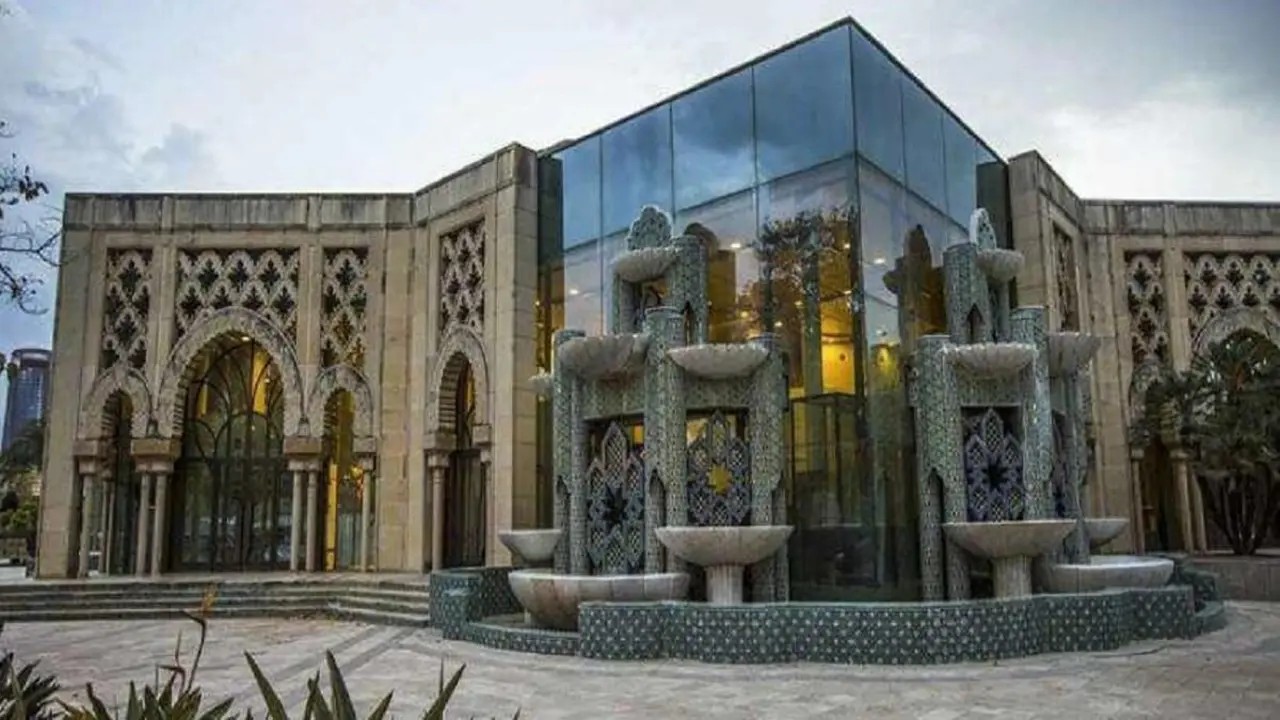Visions of Canaima at Casa América
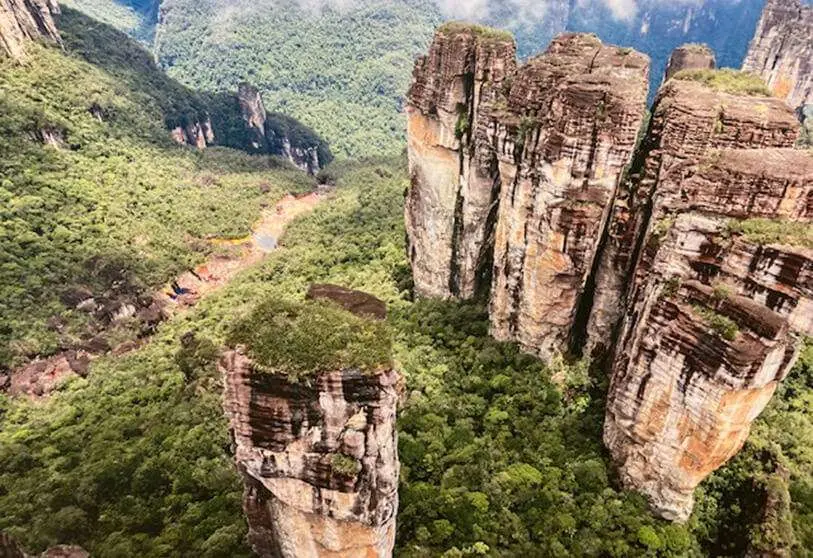
The gigantic Canaima National Park is one of the great treasures with which Mother Nature has blessed Venezuela. Declared a World Heritage Site by UNESCO in 1994, those who have had the immense good fortune to visit and walk through it will have experienced one of the most fascinating sensations for a human being.
At least a transcript of these feelings is felt by those who walk through the Frida Kahlo and Torres García rooms of the Casa América in Madrid and contemplate the exclusive exhibition of the photographer Rodolfo Gerstl, who has chosen this home, this corner of Spain, for his first solo show, which will be open until 14 May.

Gerstl has spent thirty years trampling the immense rocky plateaus, tepuis in the local language, which occupy almost 65% of this immense park of 30,000 square kilometres, almost the size of a country like Belgium. His shots, taken in different seasons and climatic conditions, result in an astonishing chromatic variety. Photographs and videos acquire a personal vitality in this Casa América exhibition space that excites the visitor to imagine himself in the imposing surroundings of Canaima.
The author traces a route from the highest areas, which he himself christens Skin of Tepuy, to record its accidents and descend to different singularities, many of them hidden. In this way, he seeks to count on the complicity of those who do not renounce the idea that this piece of paradise should continue to be just that, at a time when this beautiful and fragile ecosystem is at risk due to the development of mining activities.

Gerstl's photographs are accompanied by fragments from the Cuban Alejo Carpentier's novel 'Los pasos perdidos', published in 1953. These sentences, which are nailed next to the works, bring us closer to the world of the "marvellous real" through the personal journey of a creative being in the confines of the jungle.
The Angel Falls, the highest waterfall in the world, a waterfall of 1,283 metres, is located there. In the introductory gloss to the book 'Angel, a leap into the lost world', Miriam Ardizzone sees Rodolfo Gerstl as someone who goes to the tepuis not only to encounter them but also to do so with himself. "The encounter gives him existence and his photography teaches us to see those same emotions. Rather than presenting us with the landscape and its details to be seen, he teaches us to see the soul of things. It certainly awakens in us the wonder of seeing".



